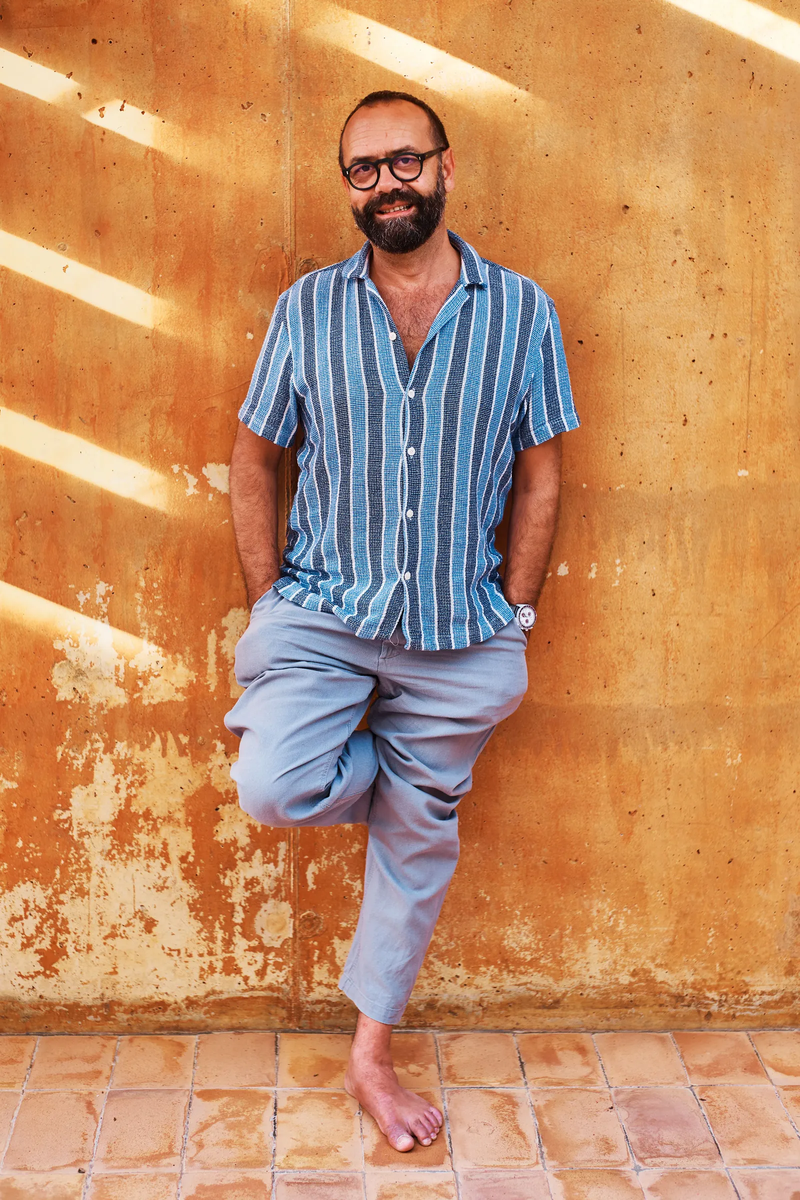
The chef José Pizarro buzzes through the covered market in Barbate at speed–past flamenco buskers holding their guitars up to their chins, and pomegranates, dragon fruit, and crab’s feet—making a beeline for razor clams and bluefin tuna, called atún rojo in Spain for its ruby flesh. The bluefin and its almadraba fishing method have been prized for centuries in these coastal towns. Barbate, like nearby Conil, Zahara, and Tarifa, is built around this ancient practice. And, after some years of controlled fishing, the spring harvest is back: a great haul of enormous fish, many weighing up to 450 pounds, which spend winter in the depths of the Atlantic, building a buttery layer of fat that makes the belly, the ventrecha, meltingly good.
I scurry in Pizarro’s wake. “I loooove it here,” he enthuses, pocketing volcanic black salt and La Breña pine nuts. “It’s a mercado del pueblo, for the people. The old ladies who come here to buy one fish stay all morning. A tostada and coffee is €1.50.” Pizarro seems to know every stall holder. “Andalusian people are quite cheeky. I had to tell some of them, ‘Don’t give me a bad tomato again.’ They slip them in.” We gather up almond-truffled dark chocolates from the confitería, sink a couple of Cruzcampos and some chicharrónes, and bounce home. There’s cooking to be done.
See full article on Condé Nast Traveller UK by LYDIA BELL - HERE

